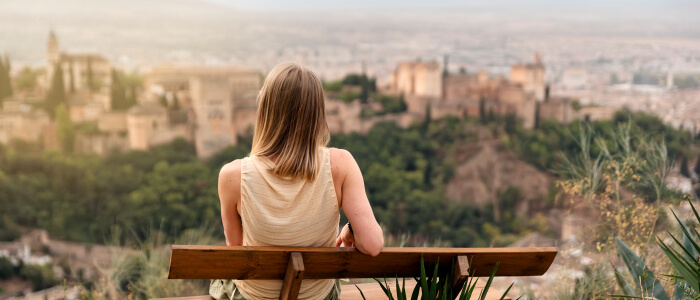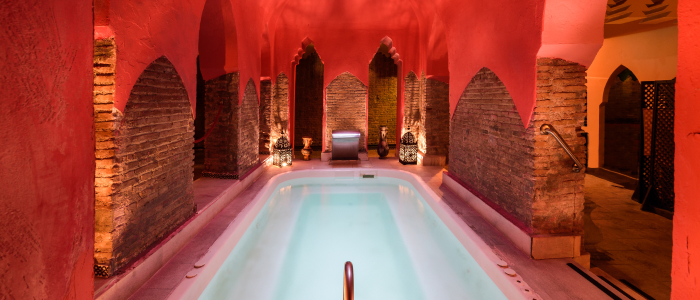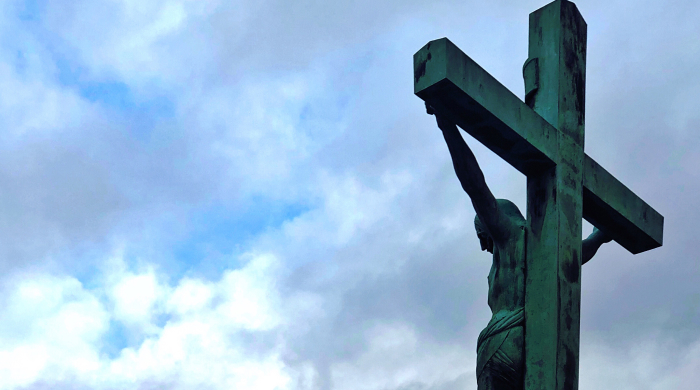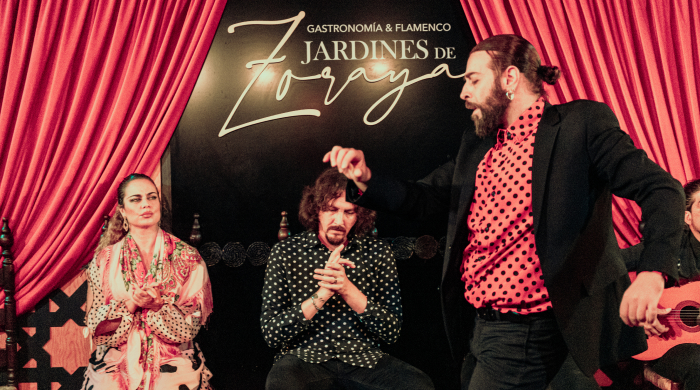Although many do not know it, Lorca is flamenco. Of all the so-called “cultured poets”, he is the one who had the strongest relationship with flamenco.
Since he was a child, Lorca and flamenco had a close union. In his house in Fuente Vaqueros he listened to the zapateo and the cantes del arte jondo thanks to his grandfather. Baldomero García, very fond of this genre. However, the poet’s musical training was born from the hand of his mother and his aunt Isabel.
In the Vega of Granada, the artist learned popular songs learned popular songs about festivals and agricultural tasks, and from his nannies he learned lullabies and other popular songs, which awakened in him a great interest in the musical culture of the time that would later mark all his work. He builds on the popular and enhances it through his own artistic creation, leaving his mark on some of his most recognized poems.
During his student years he met personalities of the cultural world such as Salvador Dalí, Luis Buñuel, Pedro Salinas or Maruja Mallo, but what was really decisive was to meet Ramón Menéndez Pidal. Ramón Menéndez Pidal, who initiates him to take notes of the oral romances of the gypsies of the city. And this is precisely what got him interested in cante jondo.
What is your relationship with flamenco?
In the field of flamenco, Lorca has been one of the poets who has made the greatest contribution. He was one of the first to understand that culture had to approach the popular.
Such was the poet’s interest in flamenco that he dedicated to this art form his work “Poema del cante jondo” (Poem of flamenco singing) (1921) y Romancero Gitano” (1921) and “Romancero Gitano” (1921). (1928), where the feeling of seguiriyas, saetas, soleares or peteneras is captured. All of them, literary and musical genres of flamenco. But this interest in flamenco and gypsy culture is also reflected in his theatrical works, above all in “Bodas de Sangre” (Blood Wedding) (1933), “Yerma” (1934) y “La Casa de Bernarda Alba” (The House of Bernarda Alba) (1939).
But in addition, in his eagerness to preserve popular traditions, in June 1922 he organized together with Manuel de Falla the I Concurso de Cante Jondo. As well as two conferences “
Historical and artistic importance of the primitive Andalusian song, called cante jondo”.
(1922) y “
Game and theory of the duende
“(1933), which allowed him to develop his own aesthetic belief of the “jondo”.
Lorca’s influence on flamenco
Because of this, the relationship of this author with the “jondo” and with popular culture has generated an enormous attraction in the world of flamenco for the texts of the poet and playwright. An interest generated by the recording of popular songs by “La Argentinita”. some of which were later adapted by artists such as “La Niña de los Peines”, Paco de Lucía or Pepe Marchena. But, undoubtedly, the artists who have received the most influence and inspiration from the poet were Camarón de la Isla and Enrique Morente.
- Camarón de la Isla: the artist adapted several of Lorca’s poems, such as “
The legend of time
:
My girl went to sea”
, “
Homage to Federico”
, “
Romance del Amargo”
, “
Lullaby of the big horse”
and that of the disc title. In addition, following the trend, in “
Soy Gitano” (I am a Gypsy)
includes “
Casida de las palomas oscuras”,
“
Romance of Thamar and Amnon”.
and a new version of the
Lullaby of the big horse
. And in
“Calle Real”
adapts the “
Romance of the moon, moon”
. - Enrique Morente: in 1972 adapts for tangos some excerpts from “Doña Rosita la Soltera” in his work “The language of flowers”. And, later, in “Omega y Lorca”, he adapts excerpts from “Poet in New York”. Por bulerías, in “Negra, si tú supieras”, and so on numerous occasions, becoming a great genius renovator of cante jondo.
In short, the close relationship between Lorca and flamenco throughout his life led him to be inspired by this wonderful art, but also to various flamenco artists who have been inspired by him for the realization of their works. Even through a collective tribute “Los gitanos cantan a Federico García Lorca” (Gypsies sing Federico García Lorca), a flamenco album which includes the lyrics of his poems.
